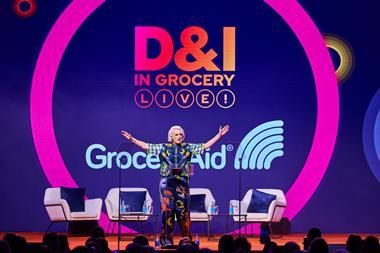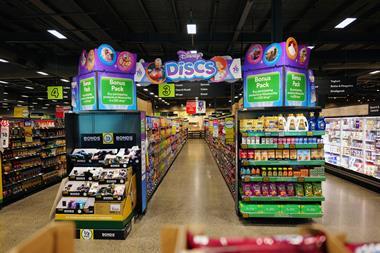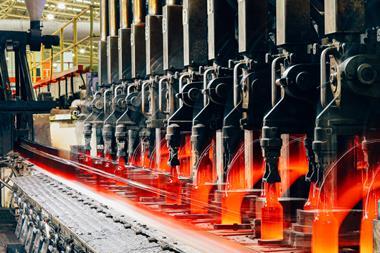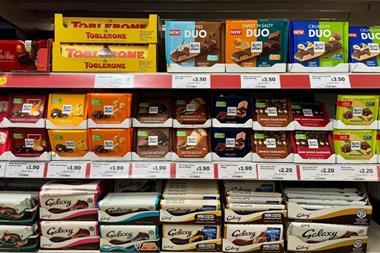As consumer expectations evolve and economic pressures intensify, retailers and manufacturers are turning to integrated data systems to transform fragmented operations into agile, responsive supply chains that can anticipate and react to market changes in real time.
The ability to make fast, informed decisions is no longer a competitive edge – it’s a necessity. And at the centre of this transformation is one powerful enabler: integrated data.
From fragmented to fluid: The case for integration
Retailers and manufacturers have long struggled with fragmented systems and siloed data. These blind spots lead to misaligned decisions: overstocked shelves, missed demand signals and reactive promotions.
The result? Eroded margins, strained operations and diminished consumer trust.
But the future doesn’t have to look like the past. Integrated data systems offer a shared view of what’s happening across the supply chain, from inventory levels to sales trends to media performance. This unified lens empowers teams to act with precision and speed.
And when a product surges in demand, that same integration becomes a critical safeguard. Near-real-time visibility allows brands to detect surges, triggered by social buzz, influencer mentions or unexpected media coverage – and respond before shelves go empty or consumers turn to competitors.

Smarter insights, smarter actions
Integrated data isn’t just about visibility, it’s about actionability. When loyalty data signals a dip in product interest, manufacturers can adjust production before excess inventory builds. When sales spike in one region, inventory can be rerouted to meet demand. Marketing can deploy targeted campaigns to move slow stock before it becomes a liability. This level of agility turns data into a strategic asset, fuelling smarter forecasting, faster replenishment and more sustainable operations.
“Companies are collecting and analysing supply chain, market measurement and loyalty data, but rarely do they look at all three together”
Thomas Elliot, Senior Director, Circana
A strategic imperative for modern brands
Today’s consumers are more values driven than ever. They notice when shelves are ridden with markdowns or when promotions encourage overconsumption. Brands that align with sustainability and accountability are rewarded. Those that don’t risk reputational damage.
That’s why leading manufacturers and retailers are rethinking their approach. They’re investing in AI-powered forecasting tools, near-real-time inventory systems and consumer-facing tools that promote mindful consumption.
They’re using data not just to react, but to anticipate, building smarter, more resilient supply chains.
And when demand shifts unexpectedly, these investments pay off. Integrated systems help brands scale responsibly – meeting demand without over- or under-producing and maintaining trust by keeping promises on availability and delivery.
The future of insights
Circana’s supply chain solutions are designed to meet this moment, empowering companies with a unified, daily view of inventory and retail sales data in the same place. Manufacturers can take it a step further and gain a panoramic view across their retailer network with Liquid Supply Chain.
It’s fast, flexible and frictionless – just like liquid itself. It adapts to your needs, delivering insights in the format you need. Whether you’re analysing item-level performance, tracking inventory shifts or aligning media with sales, data flows seamlessly across systems and teams. AI-driven insights highlight what matters most, enabling proactive planning and agile execution. The future of retail belongs to those who can see clearly – and act quickly.
“If you can’t keep up with what consumers are doing and where they’re spending, you’re going to get left behind. Not only will you be forced to play catch-up, you’ll always be chasing the leaders instead of acting as one”
Ryan McCarthy, Senior Vice President, Global Business Development, Circana

Inventory is proactively reallocated to high-performing regions, marketing ramps up localised support, and replenishment is accelerated, ensuring shelves stay stocked through peak demand. Stockouts are avoided, margins are protected and the brand rides the holiday wave with confidence, all before the competition can react.
Integrated data is the lens that brings the supply chain into focus, helping businesses shift from reactive to proactive, from fragmented to fluid, from wasteful to wise. In the end, the smartest supply chains don’t just move products. They move in sync with demand, sustainability and opportunity.






















No comments yet